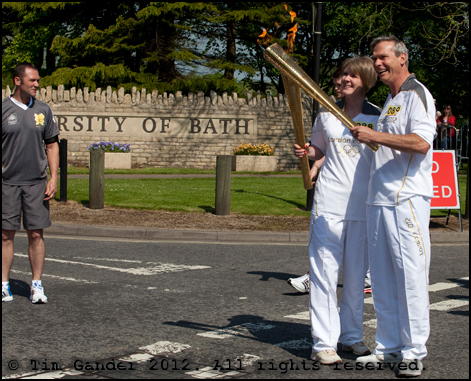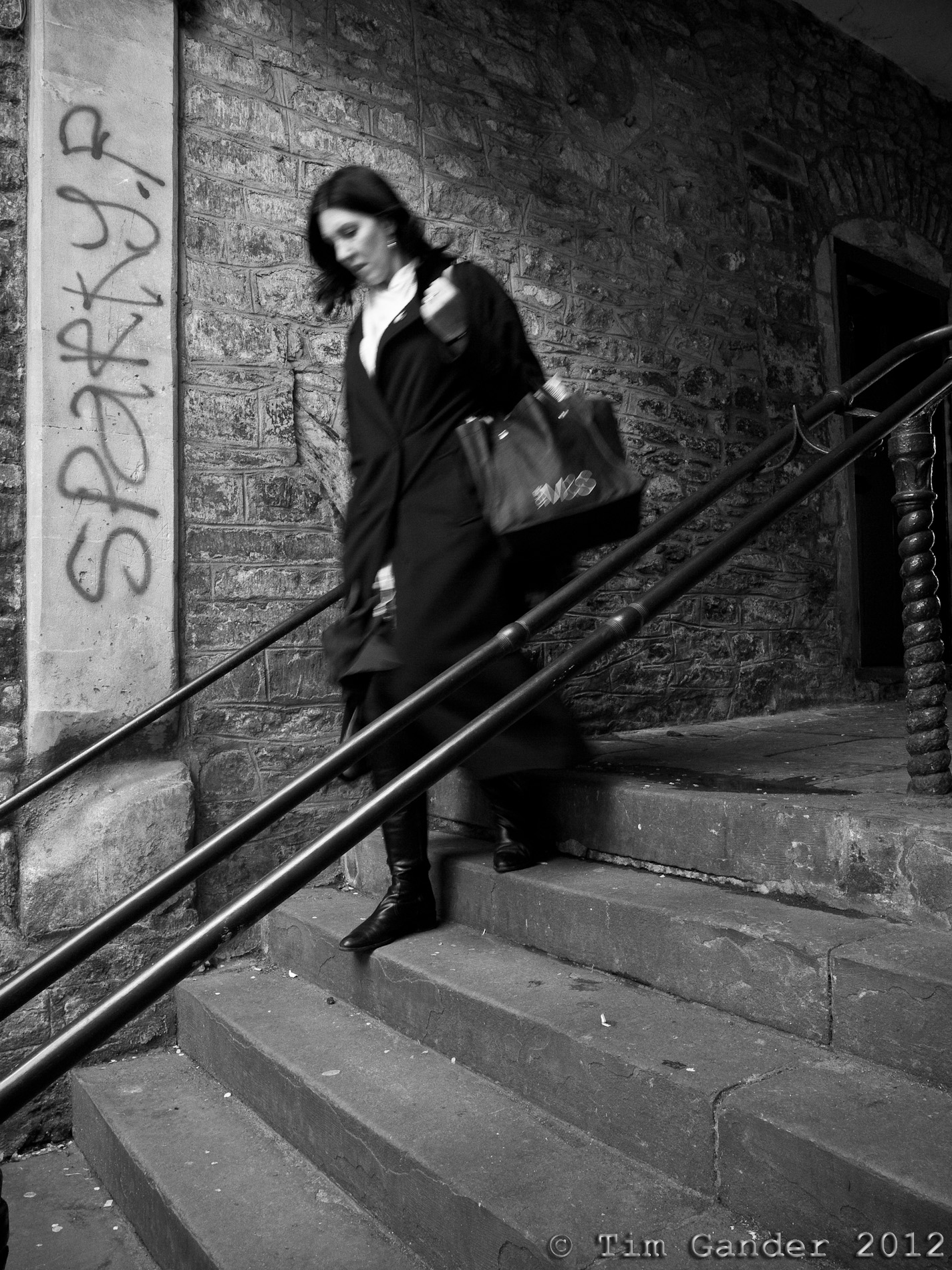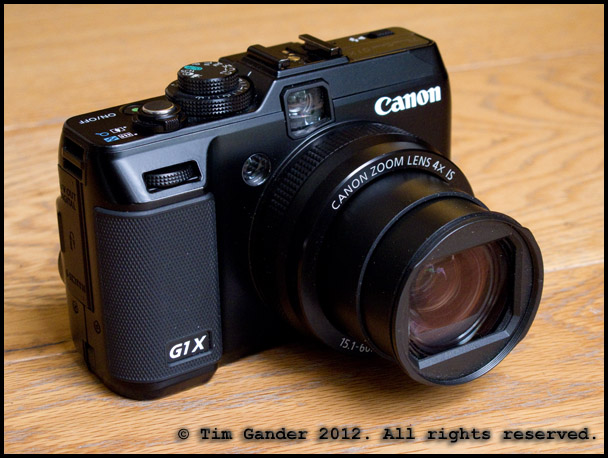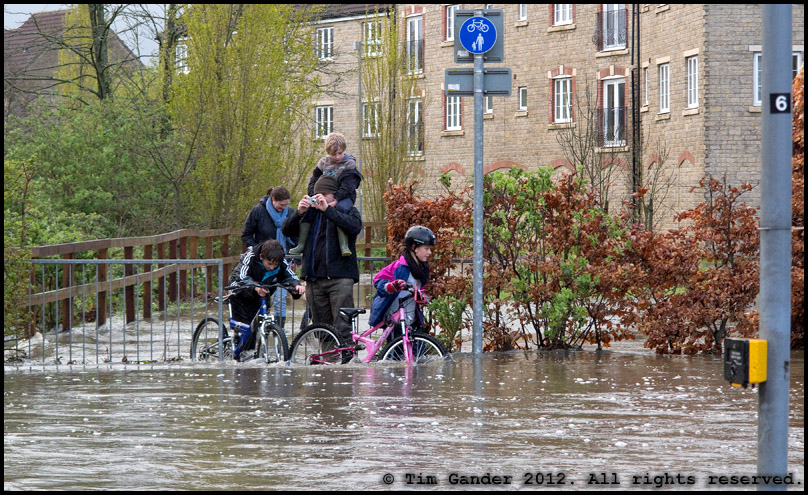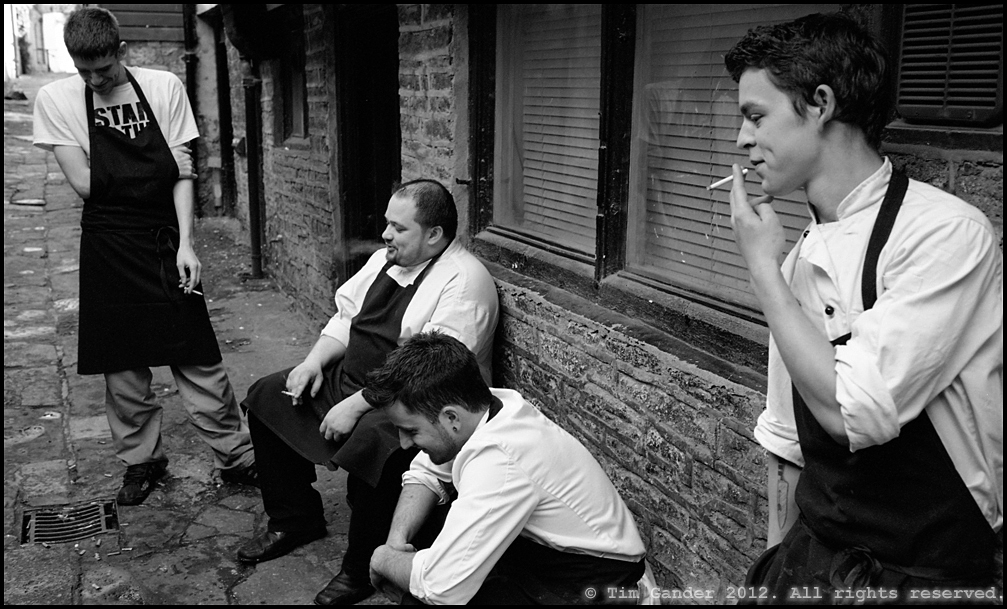There’s been a lot of on-line chatter this past week about Leica, from the surprise announcement of a black-and-white only digital camera to the record-breaking sale price of another, much older Leica which in its day would only have been capable of shooting black and white, there not being any colour film in 1923 when the camera was made. It’s like the circle of life.
What is it about Leica cameras that seems to get photographers wriggling in their seats like school boys with full bladders and frogs in their pockets? And why are they so excruciatingly expensive (the cameras, not the frogs, bladders or pockets)?
In case you’re not aware, Leica, a German brand, are famous for their compact 35mm cameras of the kind used, perhaps most famously, by Henri Cartier-Bresson. They pioneered the 35mm film format and make cameras and lenses to an extremely high standard of manufacture. Many older Leicas (like the one sold at auction last week) have become highly collectible and even fairly common models will fetch eye-watering sums on the secondhand market.
It wasn’t so many years ago Leica appeared to be on the verge of extinction. I don’t know what the state of their finances was, but ‘people who know about these things’ were starting to write Leica off as a brand because they seemed to be slow to respond to the digital era, but by striking deals with the likes of Panasonic, developing their first digital M-series camera and a bit of clever marketing, they look like they’ve pulled back from the brink.
The problem for Leica (if it can be said to be a real problem) is that among many professional photographers, the brand is being harmed by the perception that only rich boys with little or no real photographic talent can afford to buy them.
The Amazon price of the current M9 camera is as close to £5,000 as makes no difference, and that doesn’t even include a lens, for which you’ll need to scrape together another £3,500 for a new one. The newly-released M9 Monochrome, which only takes black and white digital images, is priced at over £6,000 without a lens.
A camera make which used to be aimed mainly at the professional appears to be shifting its (pun alert!) focus towards the wealthy amateur, which may not matter much to Leica but may dent its professional reputation in the longer term.
Don’t get me wrong, I’ve seen pictures of and from the M9 Monochrome and it is a very desirable camera indeed, and I think I understand the point of a black-and-white-only digital camera. But scanning the various professional photographers forums and you get a sense of rising indignation that those who might be able to make best use of such cameras can ill afford them. On the flip-side, if Leica priced the new camera at a level pro’s might be able to afford, everyone would rush out and buy one and Leica would lose an important ingredient of their reputation – their exclusivity.
By now you’re probably wondering what my actual point is, and my point is… I’m not sure. I’m conflicted. It would be a sadder world without at least one camera manufacturer making products that set the heart racing. Maybe it’s good to have such things to aspire to, but cameras are just things after all.
I’m not a huge fan of the current trend towards retro-styled cameras, some of which are better to look at than to take pictures with, but to be fair to Leica they have, like Porche, stuck to a design principle since the year dot. Manufacturers like Fuji with their X100 are starting to prove a camera doesn’t have to cost the price of a small continent to function well, but you won’t find too many Fuji cameras becoming collectible in years to come which brings us back to the brand-conscious collectors.
Call it my working class chip if you like, but I do have a problem with the idea of someone spending £9,000 on a camera they’ll use to take pictures of parties, kittens and tourist attractions, or perhaps even worse they’ll keep it in the presentation case never to be used at all in the hope of selling for a profit later. On the other hand, give the camera to a professional and you have to ask if it’s in poor taste take pictures of starving Africans with a camera that costs enough to buy them an irrigation system and a lifetime supply of seed and livestock.
If a camera which cries out to be used to take pictures of the human condition is so expensive that its self-selecting market is largely the untalented rich, is that a problem?
You could link this argument to one about people who buy Ferraris and Lamborghinis, but people who buy for the purpose of ostentation might be lousy drivers and photographers, or they may be brilliant photographers who like to arrive in style. Perhaps it’s the ostentation that professional photographers dislike, maybe it’s jealousy.
Perhaps in my case there is an underlying, uneasy insecurity that while I point and snipe at rich kids with all the gear and no idea, would a £9,000 camera in my hands result in some great, Pulitzer Prize-winning photo essays on the Mexican drugs war or child sex trafficking in the UK? I’m starting to think my point today is this; could someone please buy me a Leica M9 Monochrome with a 35mm f2 Summicron so I can at least find out?
